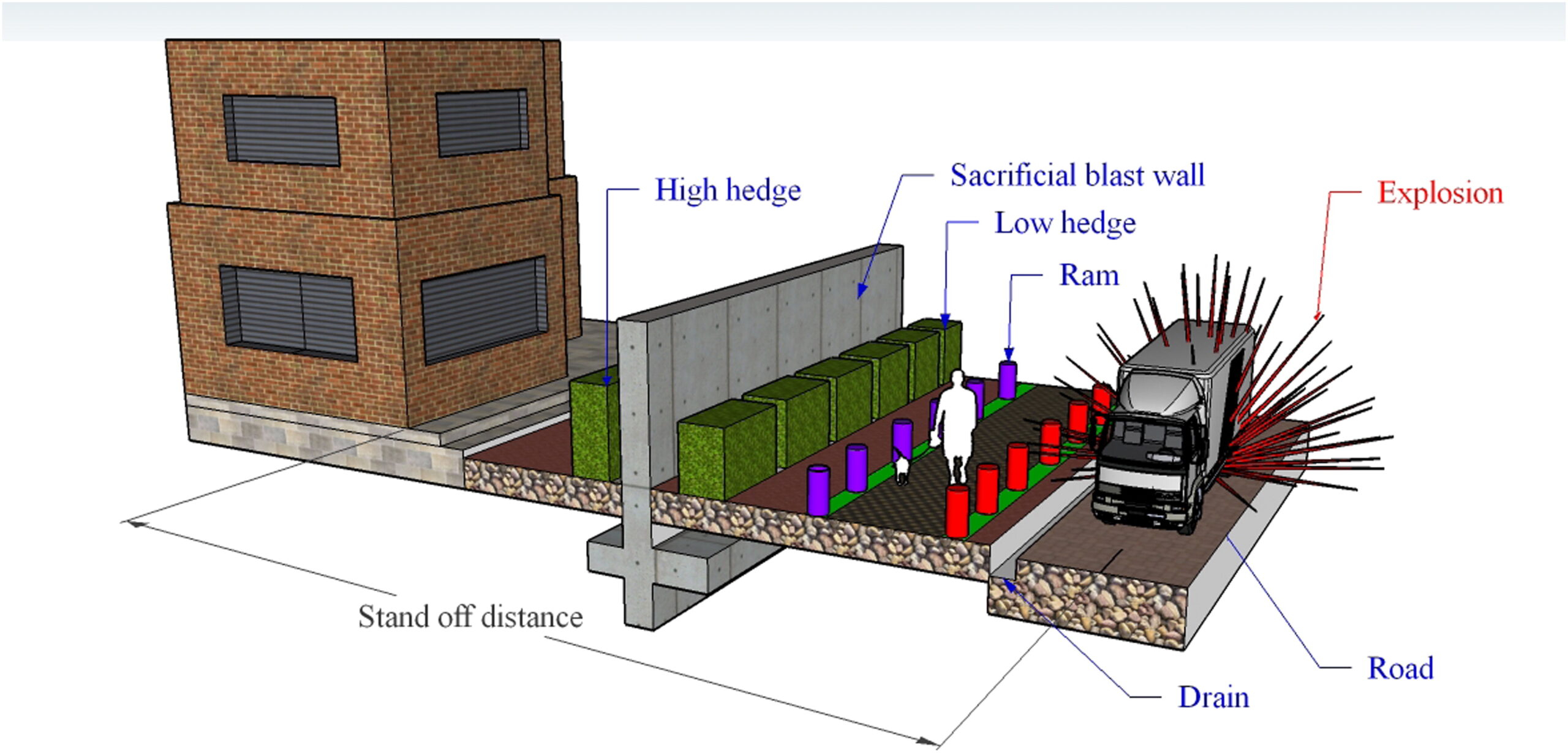
Blast resistant design is a critical aspect of building design that involves designing buildings to withstand the effects of explosions. The goal of blast resistant design is to protect both the building and its occupants from the devastating consequences of explosions, which can include collapse, fire, and flying debris.
The importance of blast resistant design cannot be overstated. Explosions can occur for a variety of reasons, including accidents, acts of terrorism, or military actions. Regardless of the cause, the effects of explosions can be catastrophic, causing widespread damage and loss of life.
Buildings may be designed to resist a variety of types of explosions, including chemical explosions, gas explosions, and terrorist attacks involving explosives. In order to provide adequate protection, buildings must be designed to withstand the various types of loads generated by these explosions, including airblast, ground shock, and fragmentation.
In addition to protecting occupants, blast resistant design also helps to maintain critical infrastructure and ensure the continuity of essential services in the aftermath of an explosion. Without proper blast resistant design, the recovery efforts following an explosion could be severely hindered, further exacerbating the impact of the event.
Overall, blast resistant design is a crucial component of building design that plays a vital role in protecting both people and property from the devastating effects of explosions. As such, it is essential for architects, engineers, and other building professionals to have a deep understanding of the principles and strategies involved in blast resistant design in order to create safe and resilient buildings.
Blast resistant design requires a combination of specific design strategies that are intended to minimize the impact of an explosion on a building and its occupants. Some of the key design strategies for blast resistance are:
To implement these design strategies, building professionals must have a thorough understanding of the nature of the threat and the specific requirements of the building. Blast-resistant design should be integrated into the building’s overall design from the outset, rather than being added as an afterthought. This may include the use of specialized software tools to simulate blast loads and evaluate the effectiveness of various design strategies.
+91 9619587723
1003, Ara Bella (J-Type) Building, Bella Casa, Baner Sus Road, Pune, Maharashtra 411021
structures@dynamicss.co.in
Copyright © 2023 By Dynamic Structural Solutions LLP | Created & Crafted by Itorix Infotech LLP
